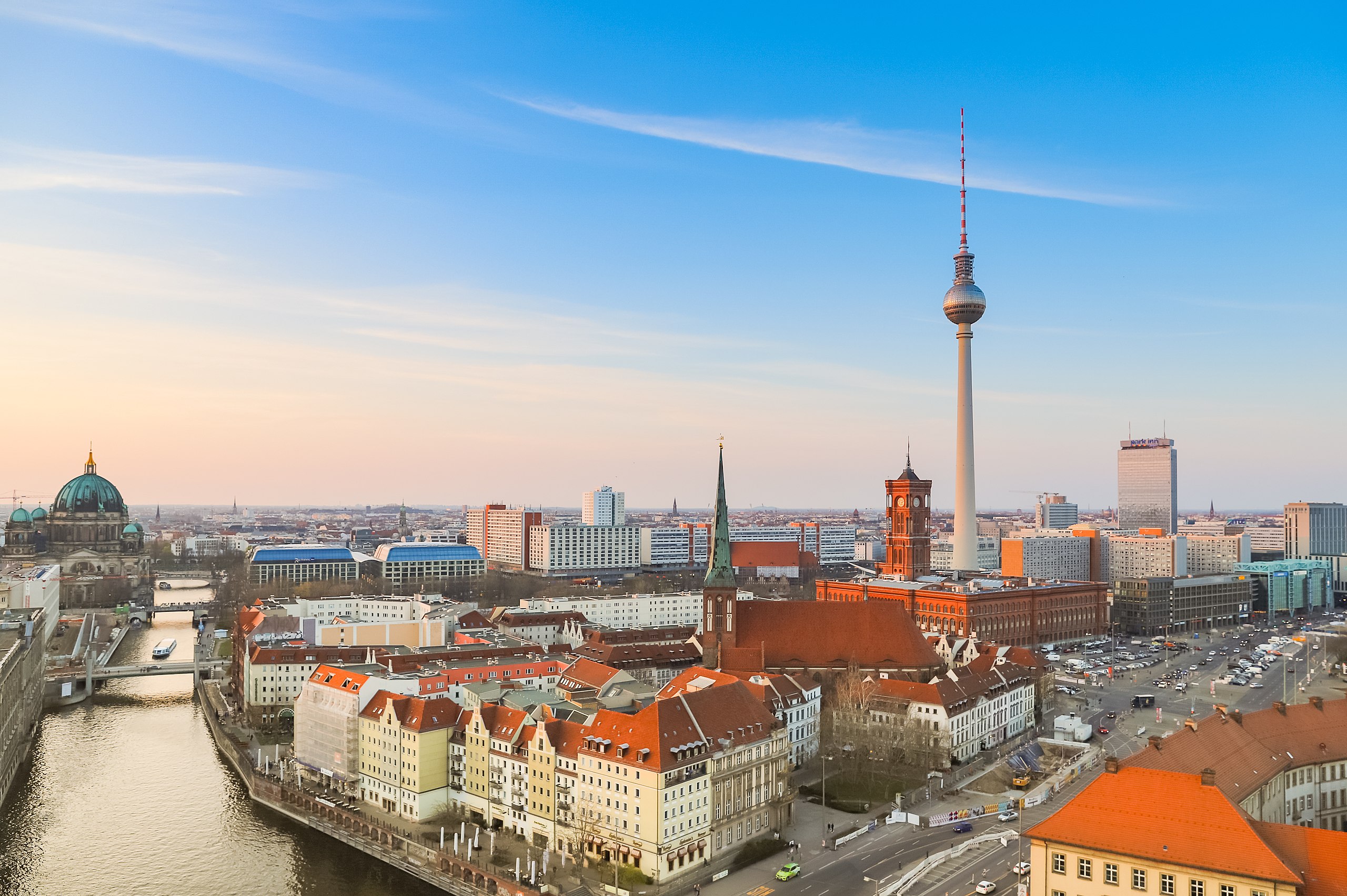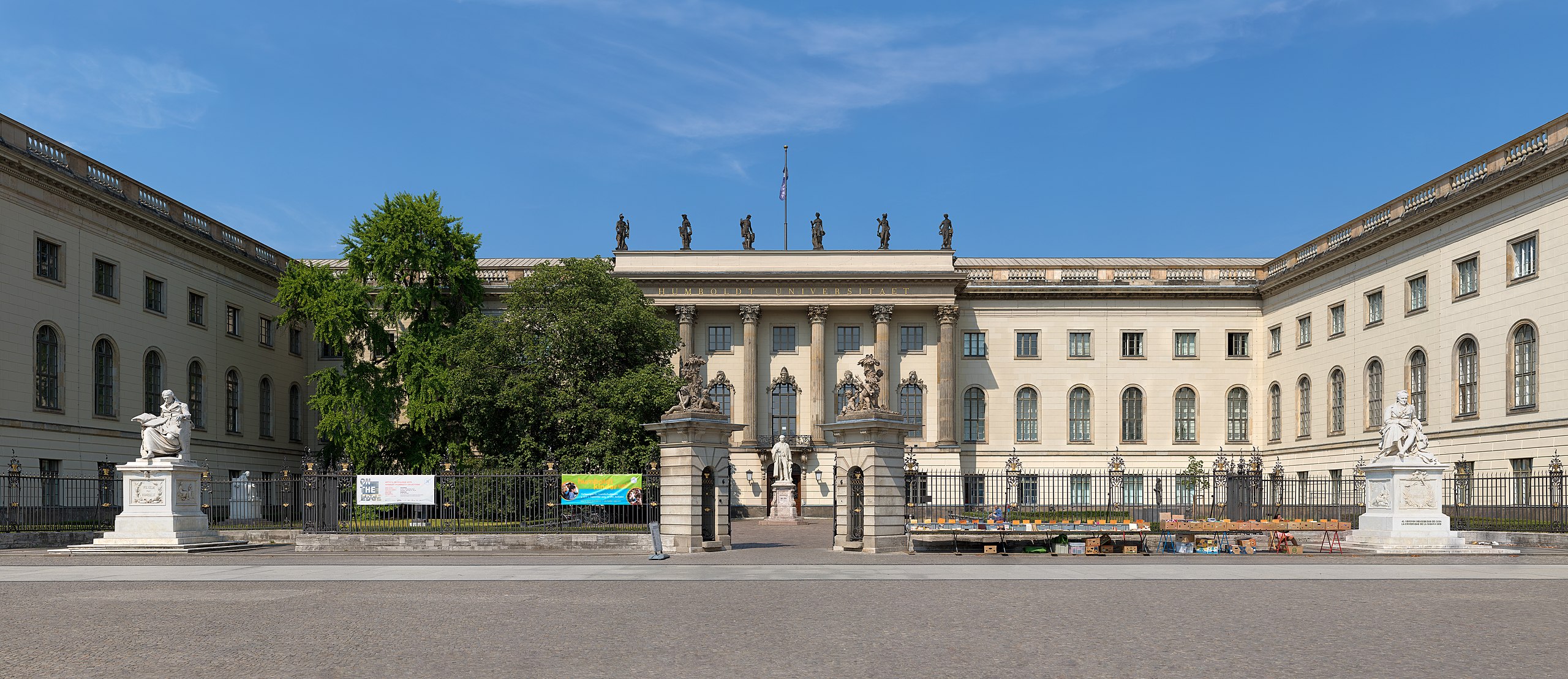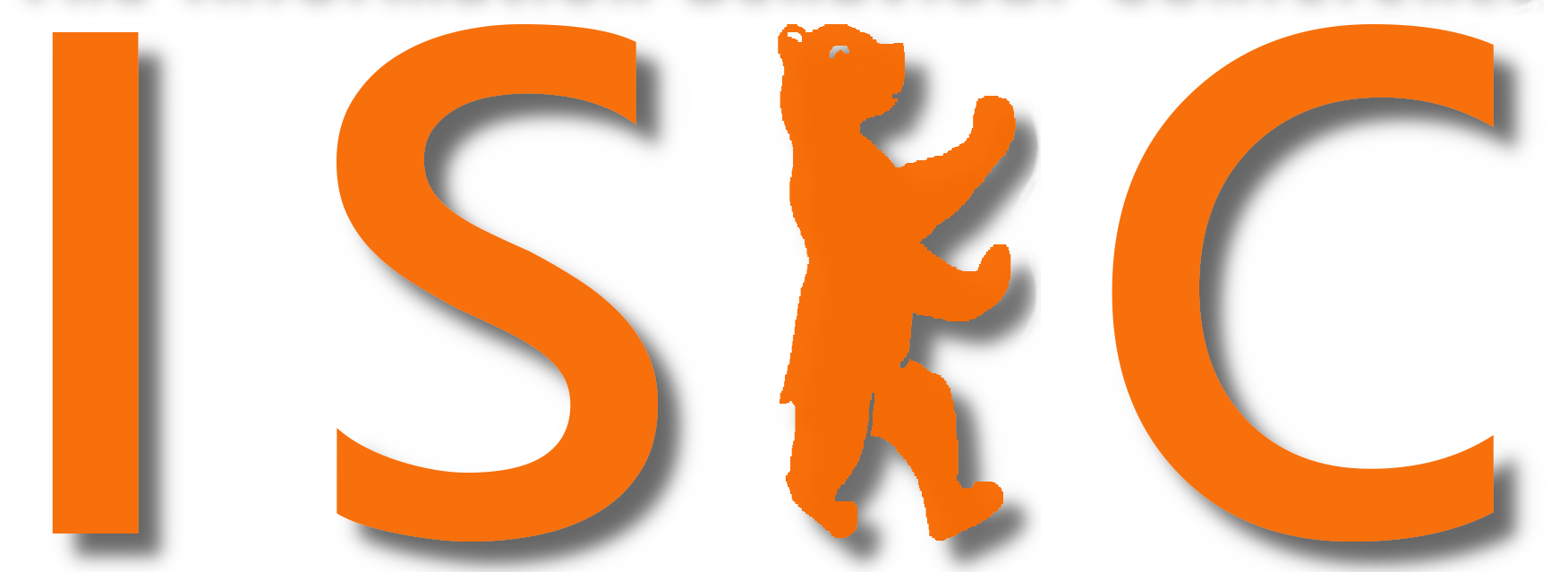
How to get to the conference
ISIC 2022 will be hosted by the Berlin School of Library and Information Science at Dorotheenstraße 26, 10117 Berlin. The Berlin School of Library and Information Science is easily accessible by public transport. The nearest stations are S Friedrichstraße (S1, S2, S3, S5, S7, S9, S25, S26, U6), U Unter den Linden (U5, U6) and Staatsoper (bus).
Travel Tips


